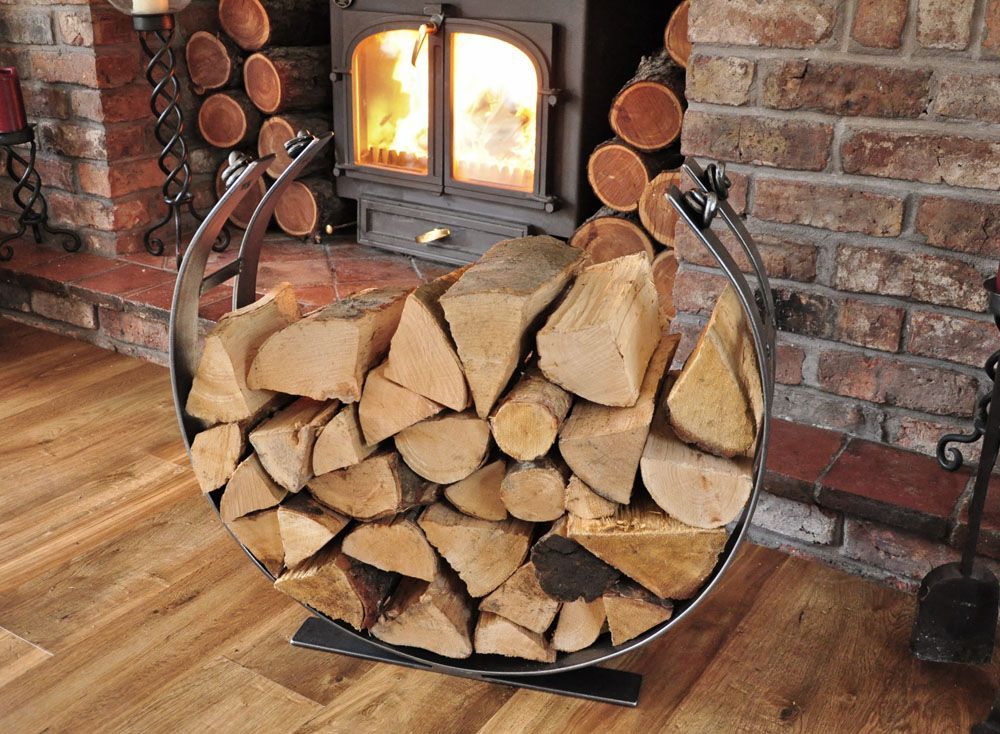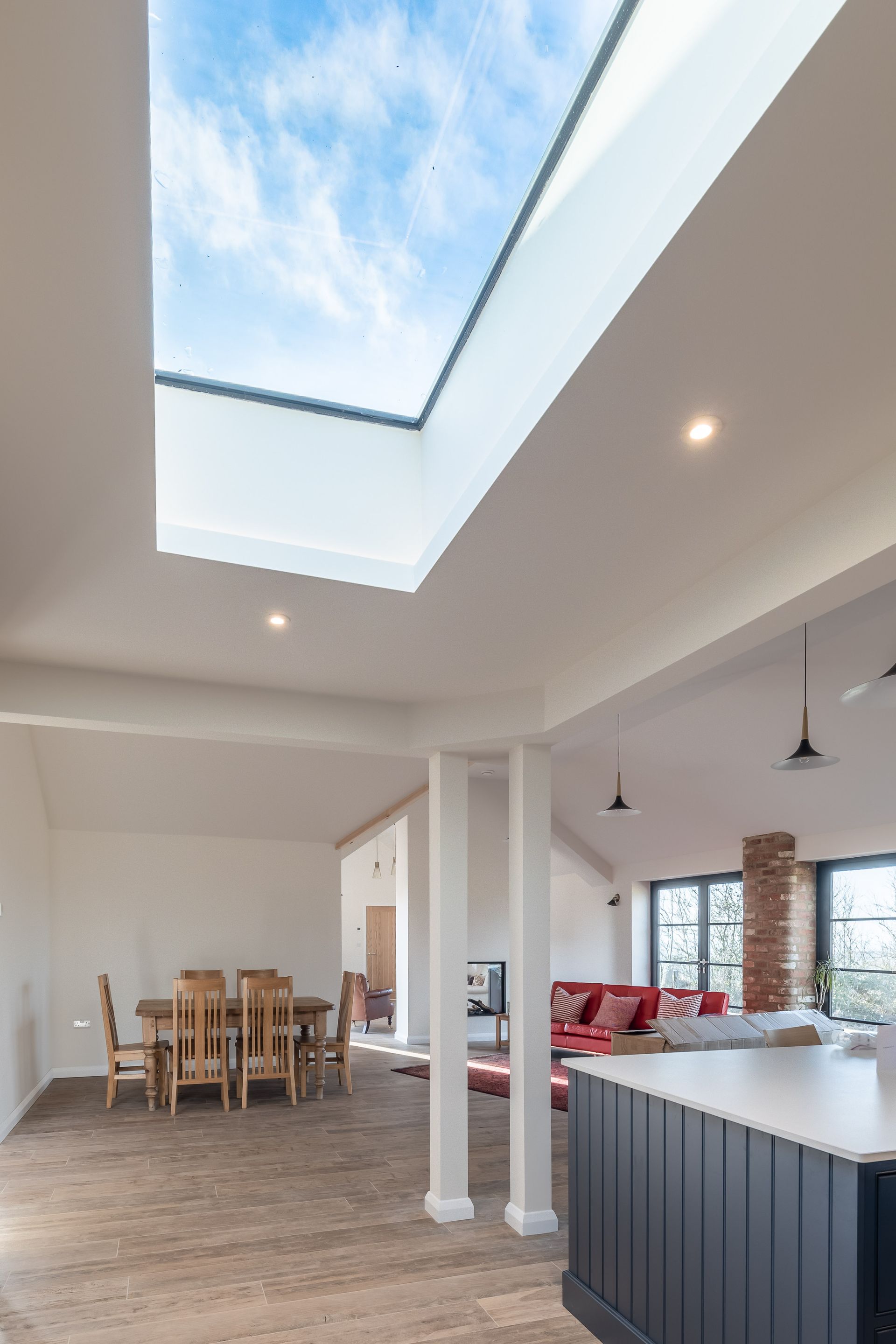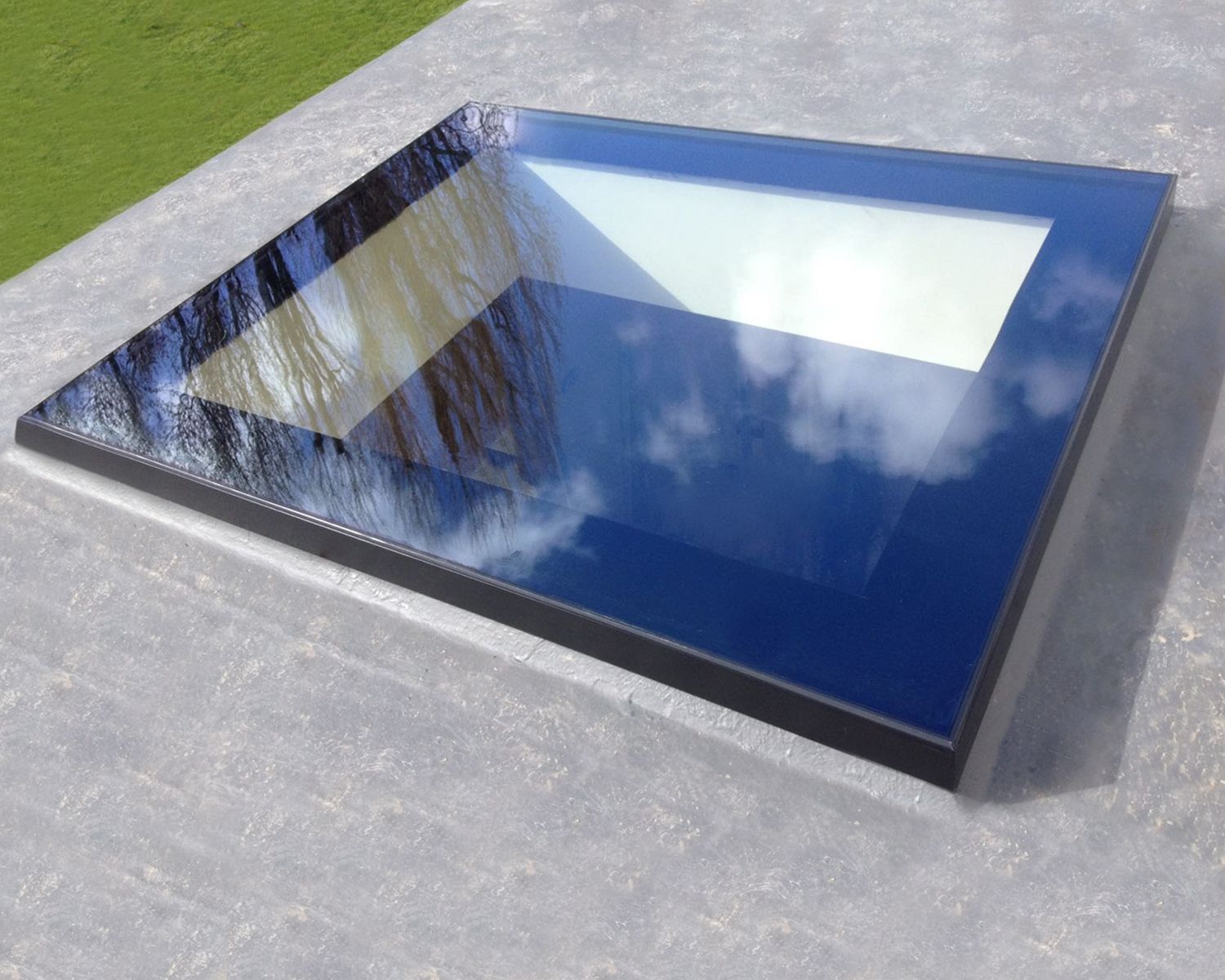Embracing Timeless Elegance: The History, Aesthetic Appeal, and Benefits of Cast Iron for Soil Goods
In the world of architectural heritage and enduring craftsmanship, cast iron has carved a niche for itself, particularly in the realm of soil goods. From its rich history to its aesthetic allure and functional benefits, cast iron continues to be a favored choice for soil goods, enhancing both the practicality and beauty of buildings. This comprehensive exploration aims to unravel the captivating story of cast iron in soil goods, highlighting its evolution, timeless elegance, and unparalleled advantages.
The History of Cast Iron in Soil Goods:
The use of cast iron in soil goods traces back centuries, with its origins intertwined with the Industrial Revolution and advancements in metallurgy. The 18th and 19th centuries marked a pivotal period for cast iron's emergence in architectural applications, including soil goods such as pipes, gutters, and drainage systems.
Evolution and Technical Details:
1. Manufacturing Techniques: Cast iron soil goods are created through the casting process, where molten iron is poured into molds and allowed to cool and solidify. This method allows for intricate designs and shapes, providing versatility in architectural applications.
2. Composition: Cast iron's composition, typically containing carbon and silicon, contributes to its strength, durability, and resistance to corrosion, making it ideal for soil goods exposed to moisture and environmental elements.
3. Design Variety: Cast iron soil goods come in an array of designs, from ornate and decorative to sleek and modern. These products offer versatility, catering to different architectural styles and aesthetic preferences.
Aesthetic Appeal of Cast Iron Soil Goods:
1. Timeless Elegance: Cast iron soil goods exude a timeless elegance that adds character and charm to buildings. Their classic designs and intricate details contribute to the overall aesthetic appeal of architectural exteriors.
2. Versatility in Design: Whether adorned with intricate patterns or boasting sleek, minimalist lines, cast iron soil goods offer versatility, allowing for customization to suit various architectural styles, from Victorian and Georgian to contemporary designs.
3. Historical Significance: Many historic buildings feature cast iron soil goods that have stood the test of time, contributing to the heritage and character of these structures. Restoring or replicating these elements maintains the authenticity and historical integrity of buildings.
Benefits of Cast Iron for Soil Goods:
1. Durability and Longevity: Cast iron's inherent strength and resistance to corrosion make it a durable choice for soil goods. These products have a long lifespan, requiring minimal maintenance compared to alternative materials.
2. Weather Resistance: Cast iron soil goods withstand harsh weather conditions, including heavy rain, extreme temperatures, and UV exposure, without compromising their structural integrity or appearance.
3. Fire Resistance: Cast iron is inherently fire-resistant, adding an extra layer of safety to buildings where soil goods made from this material are installed.
4. Sustainability: Cast iron is highly recyclable, contributing to sustainable practices. At the end of its lifespan, cast iron soil goods can be recycled, reducing environmental impact.
Conclusion:
Cast iron soil goods epitomize the perfect blend of functionality, aesthetic appeal, and historical significance. From their origins rooted in industrial revolution-era advancements to their enduring elegance and practical benefits, cast iron continues to reign supreme in the realm of architectural elements. Embracing the beauty and resilience of cast iron soil goods not only enhances the visual appeal of buildings but also pays homage to a material that has stood the test of time, making its mark on architectural heritage and craftsmanship.
Metal & Glass Limited offer a range of cast iron soil pipes and fittings including:
Traditional Black Bitumen Coated LCC Soil System
A Premier LCC is manufactured to BS 416 and provides a comprehensive offering of traditional socket & spigot pipe and fittings for above ground soil & waste.
The system is joined using the traditional caulking cord and sealant method. Premier Soil is the ideal solution for conservation and heritage projects
Traditional Express (TX)
Our TX system has the appearance of a more traditional cast iron soil system, but offers significant time saving installation features. The pipes and fittings are socketless (hubless) and connected with loose sockets at each joint.
The loose sockets (available plain or eared), contain a commercial grade EPDM rubber gasket which creates a water tight seal, eliminating the requirement for caulking cord or silicone sealant, saving significant labour time, and therefore cost, during installation.
The pipes & fittings are painted externally in a black gloss finish as standard, suitable for both internal & external installations. The pipes are painted internally in a two pack yellow epoxy finish.
Mech 416
Our Mech 416 system is a mechanically jointed socketless cast iron system for above ground soil drainage. It is finished in a matt black epoxy coating.
The system is particularly suited to refurbishment of buildings such as apartment blocks and multi-storey car parks.
Mech 416 provides all the benefits of a traditional BS 416 socket and spigot cast iron soil system, but also offers significant labour saving due to the more efficient jointing techniques.
The installation is mechanically jointed using 2 piece ductile iron couplings (similar to our BS EN 877 Halifax Soil & Drain systems). It can be fittings both horizontally & vertically where required.
Benefits -
Comprehensive Range 50mm to 150mm Diameters
Lighter & easier to handle than traditional BS 416 socket & spigot systems
Low Noise Operation
Two part Epoxy internal finish for improved performance against aggressive substances
100% Recyclable & sustainable material
Halifax Soil & Drain
Halifax Soil & Drain is a socketless, mechanically jointed cast iron drainage and wastewater system. It is designed to minimise installation difficulties and maintenance costs over its lifetime. This is a fit and forget system.
It provides all the benefits of conventional cast iron systems but also offers significant savings on installation costs, due to modern jointing techniques which employ ductile iron or stainless steel couplings.
The Halifax System is finished externally in a two part epoxy coating, red for above ground and grey for below ground.
The complete range is fully compliant with BS EN 877:1999 + A1:2006 Incorporating Corrigendum 2008 and has been tested and approved by both BBA and BSI Kitemark






